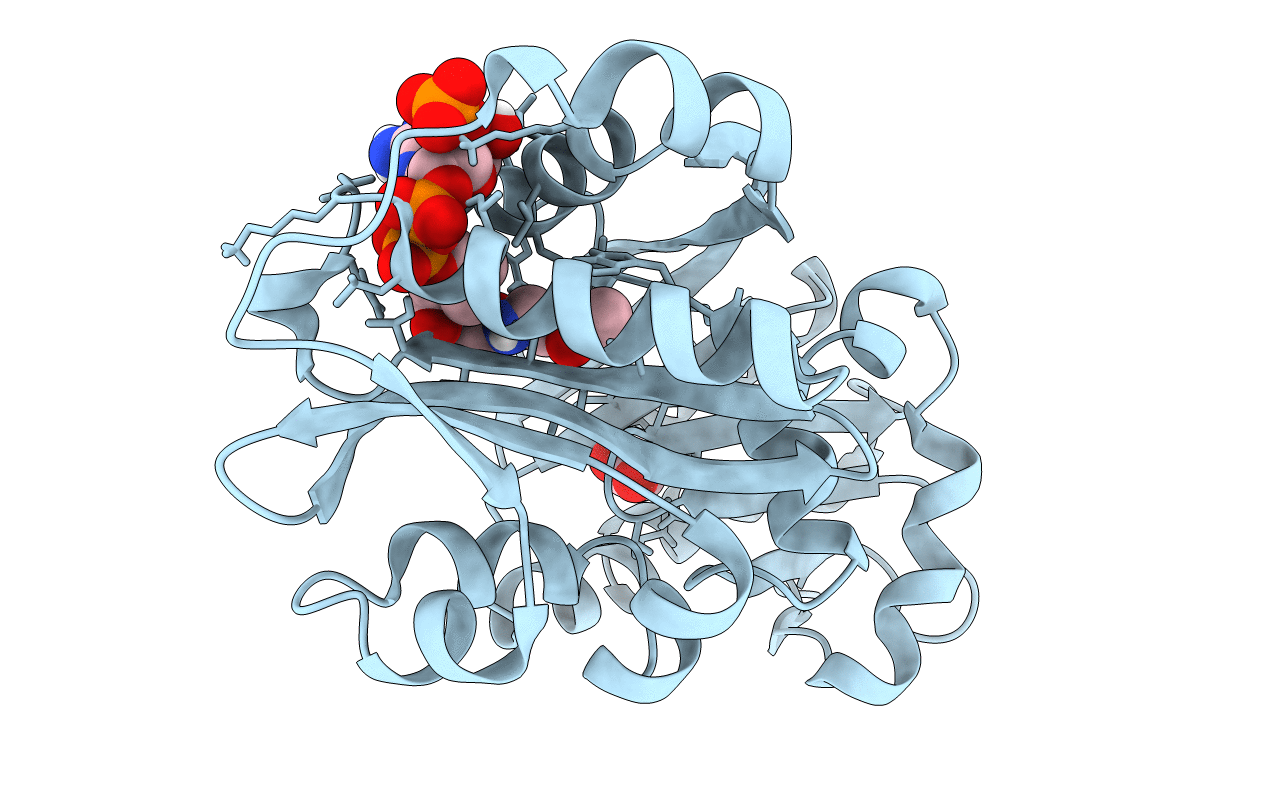
Deposition Date
2020-11-30
Release Date
2021-11-10
Last Version Date
2024-01-31
Entry Detail
Biological Source:
Source Organism:
Paenibacillus larvae subsp. larvae (Taxon ID: 147375)
Host Organism:
Method Details:
Experimental Method:
Resolution:
1.34 Å
R-Value Free:
0.18
R-Value Work:
0.14
R-Value Observed:
0.14
Space Group:
P 1 21 1


